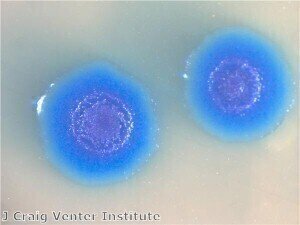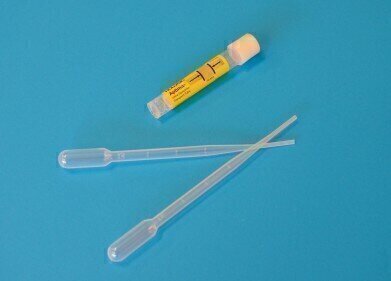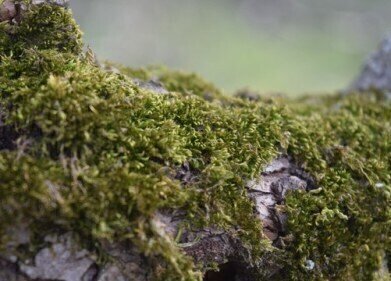Electrophoretic Separations
Comet assay and pulsed-field electrophoresis used to detect genome use
Dec 20 2011
Scientists in America appear to have found a use for 'junk' DNA using electrophoresis methods to uncover their results. The findings show that the gene deserts seem to help protect the genome against the damage caused by high levels of salt.
Salt damages DNA by cleaving the double-stranded DNA that make up a cell's genome. Such DNA breaks can lead to the death of a cell; however, this doesn’t happen when damage is caused by high levels of salt.
Scientists in America made the discovery by using a comet assay to detect DNA damage and confirm that high salt levels were causing breaks in the double-stranded DNA making up the cells' genomes. They then identified exactly where in a genome these breaks occurred by taking advantage of the cell's DNA fixing mechanism which involves a specific phosphorylated histone protein.
Once the exact location of the break was found, the team used pulsed-field electrophoresis to separate the DNA fragments produced by the breaks. This confirmed that the breaks were concentrated in the gene deserts, rather than distributed randomly throughout the genome.
Digital Edition
Chromatography Today - Buyers' Guide 2022
October 2023
In This Edition Modern & Practical Applications - Accelerating ADC Development with Mass Spectrometry - Implementing High-Resolution Ion Mobility into Peptide Mapping Workflows Chromatogr...
View all digital editions
Events
ACS National Meeting - Fall 2024
Aug 18 2024 Denver, CO, USA
Sep 04 2024 Chiba, Tokyo, Japan
Sep 04 2024 University of Warwick, Coventry, UK
Sep 10 2024 Rockville, MD, USA
Plastics Recycling World Expo Europe
Sep 11 2024 Brussels, Belgium














